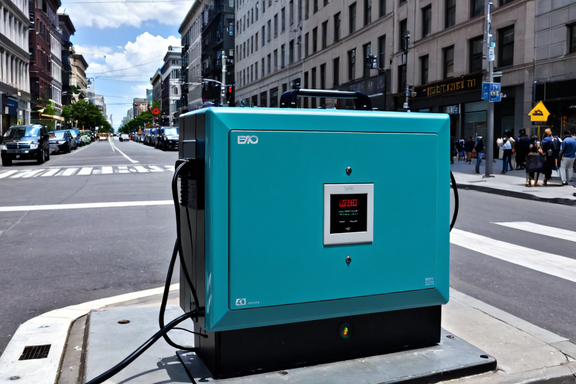The Flow of Energy and Matter
Current is a fundamentally important concept in physics, electronics, chemistry and biology, for example. It describes the flow of energy, fluids and particles in a wide variety of circumstances. We rely on current to power our phones, to transport ships, and to dispose of our trash. In this article, we explore in depth the idea of current, what it is, what the different kinds of current are, how we use them, and how important they can be.
Defining Current: The Essence of Flow
Current is the flow of energy, fluid or particles in a particular direction. It embraces a wide range of things, from the movement of electrons through conductors, to the circulation of air through our atmosphere.
Types of Current:
Electrical current: It refers to a flow of electric charges (e.g., electrons) through a conductor, such as a wire.
Fluid Current: In the field of fluid dynamics, the branch of physics concerned with the forces generated by the flow of liquids and gases – wind, water, waves or weather – currents are of critical importance.
Understanding Electrical Current:
DC (Direct Current): Electric charges flow in one direction in DC, usually found in batteries and electronic devices.
AC: alternating current; periodically (e.g.: 50Hz or 60Hz) reverses direction (used in household electric power and power distribution grids)
Real-World Applications:
Electric Power Generation: Mainly AC current is used in power generation and distribution as it is more efficient than DC currents at long distances.
Electronics: The means of powering our electronic devices, from smartphones to refrigerators, involves electrical currents that provide the energy needed to make them work.
Fluid Currents in Nature:
Ocean Currents: The main vehicle for the transfer of heat that keeps the Earth’s climate in check is the distribution of that heat around the planet through ocean currents.
Atmospheric Currents: Air currents drive weather patterns, shaping wind movements and influencing climate systems.
Currents in Physics:
Superconductivity: In superconductors, electrical currents can flow without resistance, enabling efficient energy transmission.
‘Quantum Currents: The Flow of Charge and Energy in Quantum Mechanics’
Currents and Environmental Impact:
Environmental Remediation: Human activities can interfere with natural ocean currents, which can upset ecological balance – for example, intensified Gulf Stream warming would affect the ocean ecosystem.
Renewable Energy: From the ocean comes the possibility of extracting energy from tidal currents.
Unveiling the Dynamic Nature of Current
However, it is current, in all of its many forms, that powers the world we know. Electron current in your smartphone. Oceanic current in the sea. Atmospheric current on Earth. Stellar current in Sun-like stars. Electric current in a typical home. Magnetic and thermoelectric currents as they relate to fundamental physics. As this essay shows, there are many types of current, and they are permanently shaping our world – and beyond. Understanding how these currents work, and where they differ, can give us a deeper understanding of how energy and matter flow, not just for our machines, or for all the living beings that inhabit our Earth’s oceans and atmosphere, but also for the whole Universe itself. As we learn more about current, we open up opportunities to innovate, produce services and knowledge, and live more sustainably – while understanding the fundamental laws and forces of our Universe that much more.

